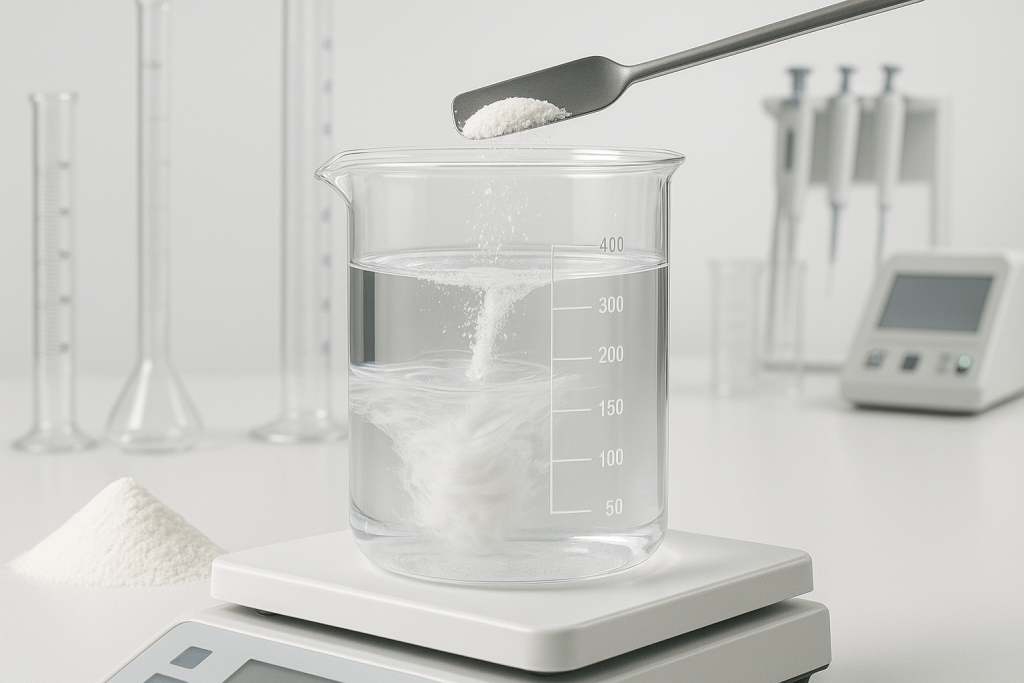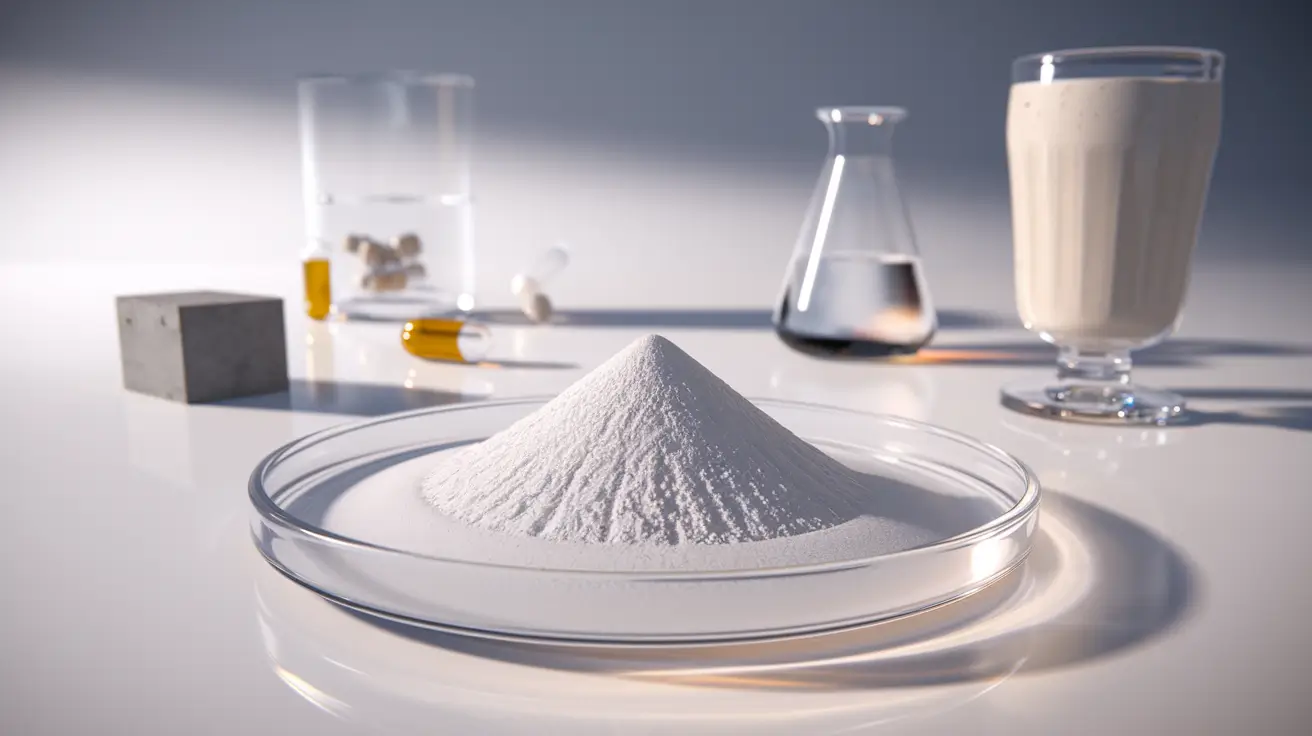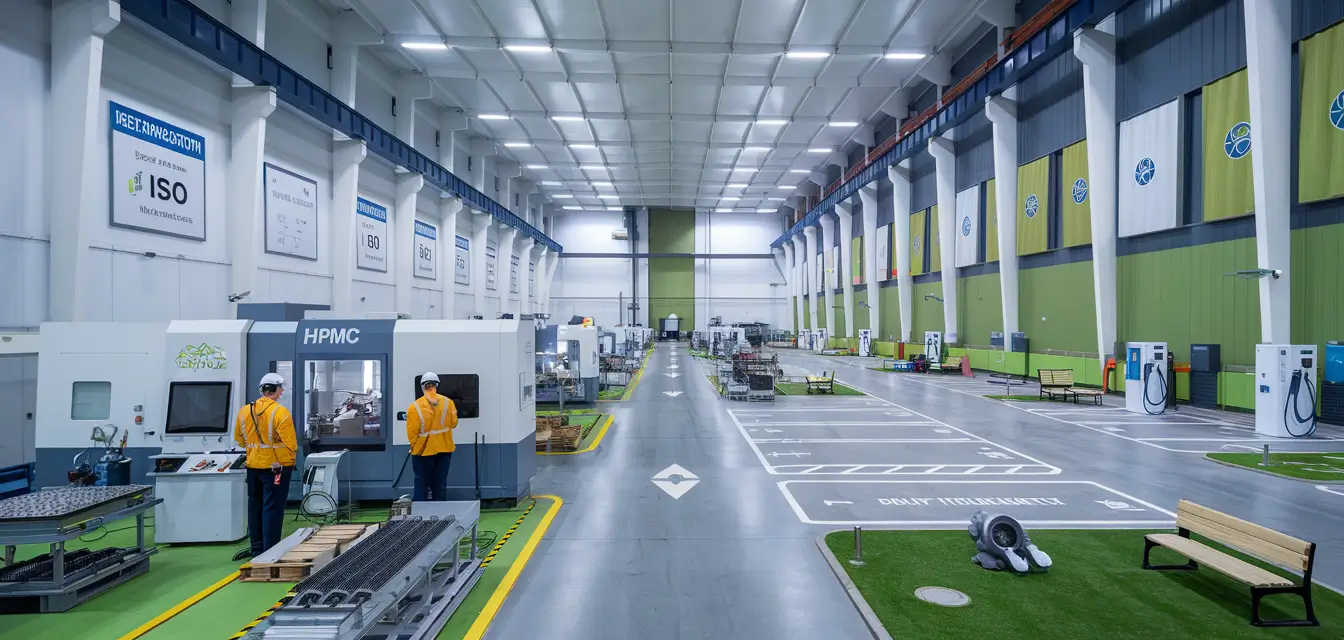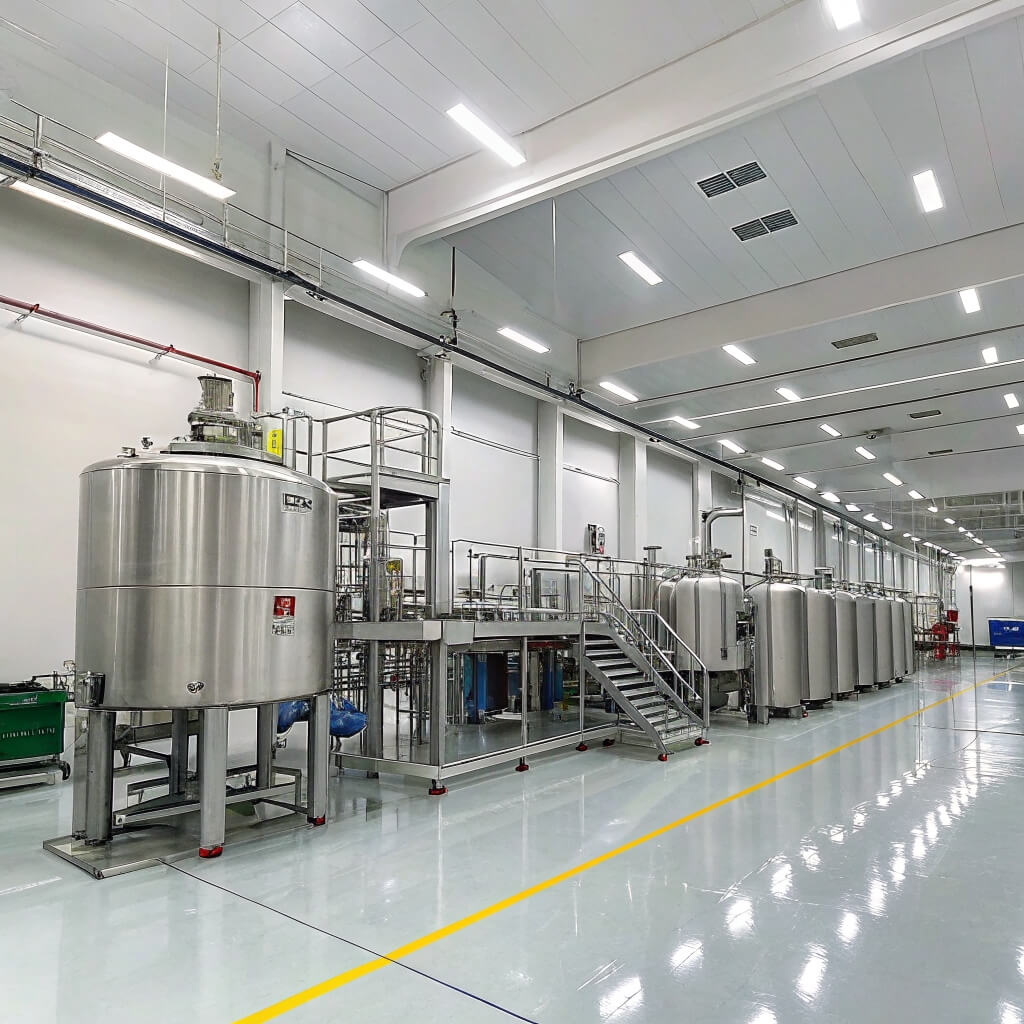HydroxyPropyl MethylCellulose (HPMC) is a crucial material in various industries, offering unique physical properties that make it a versatile component in pharmaceuticals, construction, food production, and cosmetics. Ready for the good part? In this article, we will explore the physical properties of HPMC, how they affect its performance across different applications, and why understanding these properties is essential for choosing the right grade for your needs. Let’s dive into the fascinating world of HPMC!

1. What Are the Physical Properties of HydroxyPropyl MethylCellulose (HPMC)?
The physical properties of HydroxyPropyl MethylCellulose (HPMC) are what make it so widely used across industries. But here’s the kicker—it’s not just one property that makes HPMC valuable, but a combination of unique characteristics that allow it to function in such diverse applications.
The primary physical properties of HPMC include its solubility, viscosity, gelation ability, and moisture retention. These properties are influenced by the chemical structure of HPMC, specifically the degree of substitution (DS) of the hydroxypropyl and methyl groups. The solubility of HPMC is a key factor, especially in water-based applications, as it dissolves in cold water to form a gel, which is essential in both pharmaceutical and construction formulations.
Viscosity, another critical physical property, determines how thick or thin the HPMC solution will be. High-viscosity grades are suitable for products like controlled-release tablets or thick coatings, while low-viscosity grades are ideal for construction materials where workability and moisture retention are critical. The ability to form a gel is another key feature that makes HPMC highly valuable, particularly in pharmaceutical formulations where controlled drug release is necessary.
| Свойство | HPMC Effect | Application Impact |
|---|---|---|
| Растворимость | Dissolves in cold water | Essential for aqueous systems |
| Вязкость | Varies based on grade | Controls thickness and flow |
| Gelation Ability | Forms gels in aqueous solutions | Used in controlled-release products |
| Удержание влаги | Helps retain moisture in materials | Critical for construction materials |
2. How Does HPMC’s Solubility Affect Its Performance?
Solubility is one of the most important physical properties of HydroxyPropyl MethylCellulose (HPMC), as it directly impacts how it functions in various formulations. What’s the real story? Solubility allows HPMC to be used in both aqueous and non-aqueous systems, making it highly versatile.
In pharmaceuticals, HPMC’s solubility in water is essential for creating liquid suspensions, oral tablets, and gel capsules. Its solubility allows for easy dissolution, which ensures that active ingredients are released efficiently and uniformly. For controlled-release formulations, HPMC’s ability to dissolve at a slow rate ensures that the active ingredients are released over time, improving patient compliance by reducing the number of doses required.
In construction, HPMC’s solubility plays a vital role in improving the workability of dry mortar, tile adhesives, and plasters. It allows these materials to mix smoothly and retain moisture, which is crucial for proper curing. HPMC’s solubility in water also contributes to the improved adhesion of these materials, making them more effective for bonding and ensuring long-lasting durability.
| Приложение | HPMC Solubility Effect | Выгода |
|---|---|---|
| Фармацевтика | Dissolves in water to form gels | Controlled drug release, uniform dosage |
| Строительство | Solubility improves workability | Easier mixing and better adhesion |
| Продукты питания и косметика | Solubility in water and oils | Enhances texture, stability, and shelf-life |
3. How Does HPMC’s Viscosity Impact Its Applications?
Viscosity is a critical physical property of HydroxyPropyl MethylCellulose (HPMC), and it greatly influences the functionality of HPMC in various formulations. Here’s the kicker—viscosity determines the thickness and texture of products, which is crucial for their performance.
In pharmaceutical applications, the viscosity of HPMC is used to control the consistency of tablet binders, suspensions, and emulsions. For example, high-viscosity HPMC grades are used in sustained-release tablets where a thick gel is needed to slow down the release of the active ingredient over time. On the other hand, lower-viscosity grades are used in liquid formulations, where the goal is to maintain the proper flow without thickening the solution too much.
In the construction industry, viscosity plays a similar role. Low-viscosity grades of HPMC are typically used in tile adhesives and mortar, where ease of application is essential. Higher-viscosity grades, however, are used in thicker coatings and plasters to improve bonding strength and durability. Viscosity also affects the setting time of construction materials, and the right viscosity can optimize the performance and workability of these products.
| Приложение | HPMC Viscosity Effect | Выгода |
|---|---|---|
| Фармацевтика | Controls the thickness of tablets | Ensures controlled release of active ingredients |
| Строительство | Determines workability of mortars | Enhances ease of application and improves bond strength |
| Cosmetics and Food | Provides texture and stability | Improves consistency and flow in products |
4. What Are the Gelation Properties of HPMC?
Gelation is one of the most unique and valuable properties of HydroxyPropyl MethylCellulose (HPMC), especially in the pharmaceutical and food industries. What’s the real story? HPMC can form gels in aqueous solutions, which makes it ideal for a variety of applications, including controlled-release drug formulations and thickening in food.
HPMC forms gels when it dissolves in water, and the strength and nature of the gel depend on the grade of HPMC used. High-viscosity grades form stronger, thicker gels that are ideal for controlled-release formulations, where the gel helps slow the release of active ingredients. This property ensures that drugs are released gradually, maintaining a constant therapeutic effect over time.
In the food industry, HPMC’s gelation ability is used to thicken sauces, dressings, and other processed foods. It also helps to stabilize emulsions, preventing the separation of oil and water, which is a common issue in many food products. HPMC’s ability to form a stable gel ensures that food products have the desired consistency and texture.
| Приложение | Gelation Effect | Выгода |
|---|---|---|
| Фармацевтика | Forms gels in water | Controlled drug release, sustained effects |
| Еда | Gelation in sauces, dressings, etc. | Improves texture and stabilizes emulsions |
| Косметика | Used in creams, gels, and lotions | Provides texture and stability |
5. How Does HPMC’s Degree of Substitution Affect Its Physical Properties?
The degree of substitution (DS) refers to the number of hydroxypropyl and methyl groups added to the cellulose molecule during HPMC production. This is where it gets interesting—the DS determines many of HPMC’s key physical properties, including solubility, viscosity, and gel strength.
A higher degree of substitution leads to greater solubility in water, which is crucial for pharmaceutical and food applications. It also increases the ability of HPMC to form gels, which is important for controlled-release formulations in the pharmaceutical industry. On the other hand, a lower degree of substitution results in a less soluble product, which may be more suitable for applications like construction, where water retention and workability are more important than solubility.
By adjusting the DS, manufacturers can tailor the properties of HPMC to meet the specific needs of a wide range of products. For example, high-DS HPMC is ideal for liquid pharmaceuticals and food products, while low-DS HPMC is often used in construction materials to improve workability and adhesion.
| Степень замещения | Effect on HPMC Properties | Распространенные приложения |
|---|---|---|
| High DS | Increased solubility, gel strength | Pharmaceuticals, food products |
| Low DS | Reduced solubility, improved adhesion | Construction materials, adhesives |
6. How Does HPMC’s Moisture Retention Benefit Its Use in Construction?
Moisture retention is a crucial property of HydroxyPropyl MethylCellulose (HPMC) that plays a key role in the performance of construction materials. Ready for the good part? The moisture retention ability of HPMC ensures that products like mortars, tile adhesives, and plasters do not dry out too quickly, giving workers more time to apply the material before it sets.
In dry mix formulations, HPMC helps maintain the right level of moisture, ensuring that the cement or other binding agents in the mixture remain active long enough to bond effectively. This is especially important in large-scale construction projects, where the timing of material application can be critical to achieving the desired results.
Additionally, HPMC’s moisture retention properties contribute to the durability of construction materials. By preventing premature drying, HPMC helps ensure that the materials cure properly, leading to stronger and longer-lasting bonds.
| Приложение | Moisture Retention Effect | Выгода |
|---|---|---|
| Клеи для плитки | Retains moisture during application | Extends open time and improves adhesion |
| Mortars and Plasters | Prevents early drying | Enhances curing and bonding strength |
| Dry Mixes | Retains moisture for proper curing | Ensures long-lasting durability |
7. How Do HPMC’s Film-Forming Properties Enhance Its Applications?
HPMC’s ability to form films is another key physical property that has significant benefits in various applications. But here’s the kicker—film formation enhances the performance and stability of products in pharmaceuticals, food, and cosmetics.
In pharmaceuticals, HPMC is often used as a coating material for tablets and capsules. The film provides a protective barrier around the drug, allowing for controlled release and better stability. In food products, HPMC can be used as a coating agent to protect sensitive ingredients or to provide a smooth, shiny appearance.
In cosmetics, HPMC is used to create a smooth texture in creams, lotions, and gels. The film-forming ability helps products adhere to the skin more effectively, providing a lasting effect. This property also improves the overall texture and feel of the product, making it easier to apply and more enjoyable for the consumer.
| Приложение | Film-Forming Effect | Выгода |
|---|---|---|
| Фармацевтика | Creates controlled-release coatings | Ensures steady drug release and protection |
| Еда | Provides protective coating for ingredients | Enhances texture and shelf-life |
| Косметика | Improves texture and skin adherence | Provides smooth application and lasting effects |
8. How Does HPMC’s Thermal Stability Influence Its Use in High-Temperature Applications?
HPMC’s thermal stability is another important physical property that affects its performance in high-temperature applications. This is where it gets interesting—the material’s stability at different temperatures is critical for industries that require heat resistance, such as construction and food processing.
In construction, HPMC’s thermal stability ensures that the material maintains its properties even when exposed to high temperatures during the curing process. This is especially important in products like cement-based adhesives and coatings, which need to maintain their integrity and bonding strength under heat.
In food processing, HPMC is used in applications like baking and frying, where its ability to withstand heat ensures that the final product retains its desired texture and consistency. In these high-temperature environments, HPMC helps stabilize emulsions and thickens sauces, dressings, and other food products.
| Приложение | Thermal Stability Effect | Выгода |
|---|---|---|
| Строительство | Maintains properties under heat | Ensures strong, durable materials |
| Пищевая промышленность | Withstands high temperatures | Ensures consistent texture and stability |
| Coatings and Adhesives | Heat resistance during curing | Improves bonding and curing performance |
9. How to Choose the Right HPMC Grade Based on Physical Properties?
Selecting the correct HPMC grade for your application requires an understanding of the material’s physical properties and how they align with your specific needs. What’s the real story? The grade of HPMC you choose will depend on factors like viscosity, solubility, gelation ability, and thermal stability.
For example, high-viscosity grades are ideal for controlled-release formulations in pharmaceuticals, while lower viscosity grades are best for construction materials that require good workability and adhesion. Medium-viscosity grades may be more suitable for food and cosmetic applications, where texture and consistency are critical.
It’s important to match the HPMC grade to the specific requirements of your product to optimize both performance and cost. By understanding how each property affects your formulation, you can make an informed decision that meets both technical and budgetary requirements.
| Приложение | Ideal HPMC Grade | Key Property Consideration |
|---|---|---|
| Фармацевтика | Высокая вязкость | Controlled-release properties |
Construction | Low to Medium Viscosity | Workability, adhesion, and curing time |
| Cosmetics & Food | Medium Viscosity | Texture, stability, and appearance |
10. What Are the Challenges of Working with HPMC’s Physical Properties?
While HPMC offers many benefits, there are some challenges associated with working with its physical properties. Ready for the good part? Understanding and overcoming these challenges is crucial to achieving optimal performance in your formulations.
One challenge is maintaining consistency in viscosity, especially when sourcing HPMC from multiple suppliers. Variations in viscosity and solubility can lead to performance inconsistencies across batches. Additionally, achieving the right gelation properties can be tricky, especially when working with high-viscosity grades that form strong gels.
Cost is another challenge. Higher-viscosity grades are often more expensive, but they offer superior performance. Balancing performance and cost requires careful selection and testing of different grades to meet the needs of your specific application.
| Испытание | Impact | Решение |
|---|---|---|
| Viscosity Variability | Inconsistent performance across batches | Work with reliable suppliers, conduct regular testing |
| Gelation Control | Difficulties in achieving the desired gel strength | Conduct thorough testing for gel behavior |
| Cost Balance | Higher-grade HPMC can be expensive | Optimize grade selection for cost-effectiveness |
Заключение
HydroxyPropyl MethylCellulose (HPMC) is a versatile and indispensable material in various industries, thanks to its unique physical properties. What’s the real story? By understanding these properties, you can optimize HPMC use in everything from pharmaceuticals to construction, food processing, and cosmetics. Selecting the right grade based on viscosity, solubility, and other factors ensures optimal performance and cost-effectiveness.
Раздел часто задаваемых вопросов
В1: What is HydroxyPropyl MethylCellulose (HPMC)?
HPMC is a cellulose derivative used as a thickening agent, binder, and stabilizer in various industries, known for its ability to dissolve in cold water, form gels, and control viscosity.
В2: How does HPMC’s solubility impact its applications?
HPMC’s solubility allows it to function in a wide range of aqueous formulations, ensuring that it dissolves easily and forms gels, which is critical in pharmaceutical, food, and construction applications.
В3: How does HPMC’s viscosity affect its applications?
The viscosity of HPMC controls the thickness and flow of formulations, which is crucial in applications like pharmaceuticals, food, and construction, where specific textures and properties are needed.
В4: What are the benefits of HPMC’s gelation properties?
HPMC’s ability to form gels is essential in controlled-release drug formulations, as well as in food products where thickening and stability are needed.
В5: How do I choose the right HPMC grade for my product?
Choosing the right HPMC grade involves assessing viscosity, solubility, gelation, and other properties to ensure that the material meets your specific product requirements, whether it’s for pharmaceuticals, construction, or food.




